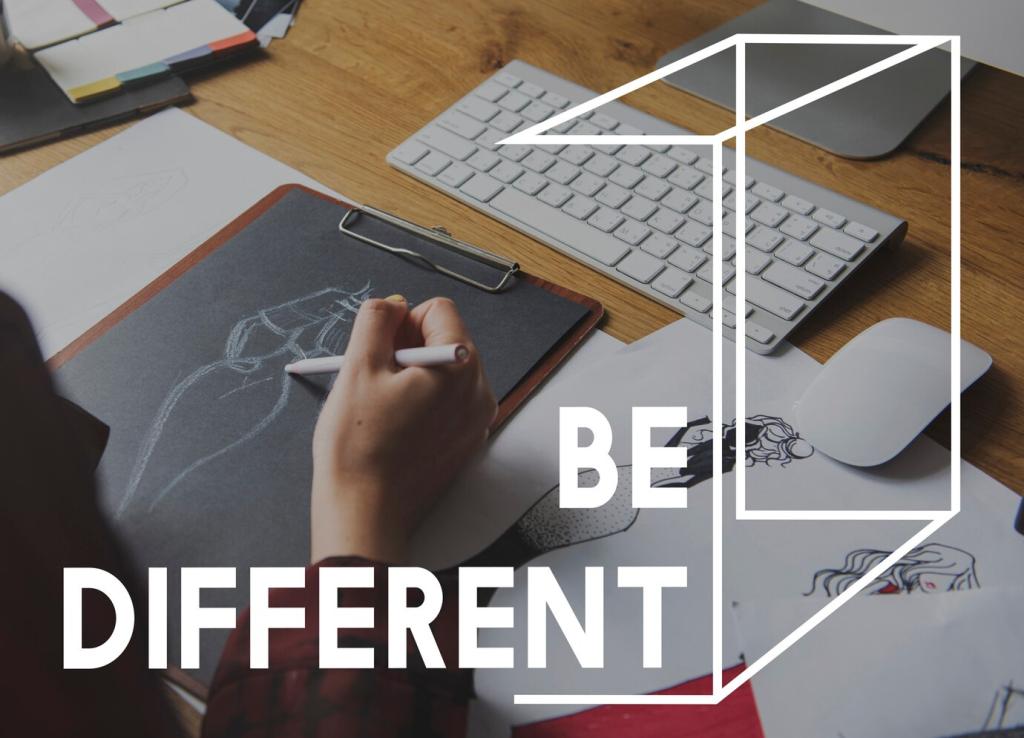Cohesive Palettes for Real Homes
Start with one beloved piece—a rug, painting, or heirloom quilt. A client’s vintage kilim offered clay red, indigo, and tobacco. We softened them to terracotta, storm blue, and camel, then echoed those notes in art and throw blankets. What’s your seed item at home?
Cohesive Palettes for Real Homes
Let transitions carry color: a hallway runner, a painted interior door, or art frames repeating your accent. Keep undertones consistent. If the bathroom leans cool, give it neighbors in the same family. Share your floor plan, and we’ll sketch a flowing, harmonious palette journey.
Cohesive Palettes for Real Homes
Limit accents to a few strategic spots: pillows, a lampshade, a single chair, or an inside-front door surprise. Repetition breeds harmony. When everything shouts, nothing sings. Tell us which accent you plan to repeat three times, and where it will quietly echo throughout your home.
Cohesive Palettes for Real Homes
Lorem ipsum dolor sit amet, consectetur adipiscing elit. Ut elit tellus, luctus nec ullamcorper mattis, pulvinar dapibus leo.






